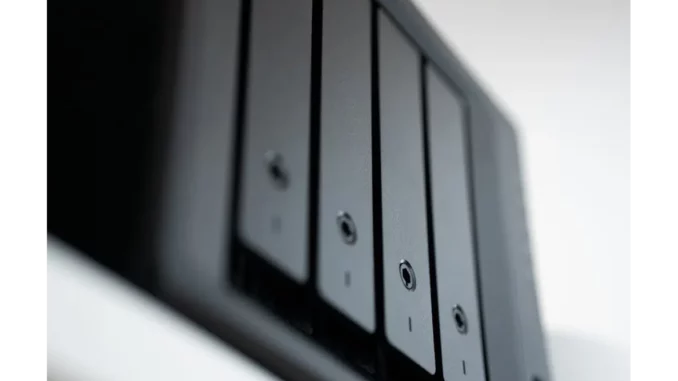
Summary
Could your business benefit from storage that grows with your needs? Explore TrueNAS.
Headline: DIY Network Attached Storage: A Cost-Effective, Customisable Solution for Data Management
Amidst growing concerns over data privacy and the rising costs of cloud services, a surge in interest for self-hosted Network Attached Storage (NAS) solutions has emerged. Enthusiasts and professionals alike are turning to DIY NAS systems for their flexibility, customisation potential, and long-term cost benefits. “Building a NAS is more than just a project; it’s a step towards data autonomy,” commented industry observer Michael Reynolds. This exploration delves into the motivations, hardware choices, software solutions, and best practices for those embarking on creating their own NAS.
Main Article
Understanding the DIY NAS Appeal
The DIY NAS approach has gained traction as users seek more control over their data infrastructure. Unlike commercial options such as Synology or QNAP, a DIY NAS offers unparalleled customisation and adaptability to individual needs, which is a significant draw for many.
Cost Considerations and Educational Opportunities
The initial investment in building a DIY NAS may appear substantial; however, it often proves more economical over time, particularly for individuals with existing hardware. Many tech enthusiasts find the construction and configuration process to be an enriching educational journey. “It’s a hands-on way to learn about system architecture and network management,” noted tech analyst Sarah Mitchell.
Hardware Selection: From Repurposing to Custom Builds
Choosing the right hardware is a pivotal decision that hinges on the user’s needs and budget. Repurposing old PCs or laptops is a practical starting point, offering sufficient capabilities for basic NAS functions. For compact solutions, single-board computers like the Raspberry Pi or ODROID H2+ provide an energy-efficient alternative. Users requiring advanced performance might opt for custom-built PCs, prioritising storage and processing power, or even second-hand rack-mounted servers for robust performance despite their higher noise and power consumption.
Software Choices: Balancing Functionality and User-Friendly Interfaces
The software selected for a NAS dictates its overall functionality and user experience. FreeNAS/TrueNAS, built on FreeBSD, is lauded for its advanced storage capabilities, particularly ZFS. OpenMediaVault (OMV), based on Debian, is favoured for its user-friendly interface and extensive plugin support, making it ideal for beginners. Proprietary solutions like unRAID offer unique storage management features, while Nextcloud serves those interested in creating a personal cloud environment, complete with file sharing and collaboration tools.
Implementing Best Management Practices
Once operational, maintaining a DIY NAS involves several best practices. Regular backups are crucial, whether through external drives or cloud services, to safeguard against data loss. Security is paramount; therefore, consistent software updates, strong password protocols, and potentially a VPN for remote access are recommended. System performance should be monitored with appropriate tools, and regular maintenance, including hardware cleaning and software updates, will extend the system’s lifespan. Additionally, energy efficiency should be considered to minimise running costs, particularly for systems operating continuously.
Detailed Analysis
The burgeoning interest in DIY NAS solutions reflects broader trends in data management and privacy concerns. As cloud service costs continue to climb and data security becomes increasingly paramount, individuals and businesses are reevaluating their reliance on third-party providers. The DIY approach not only offers a financial reprieve but also empowers users by granting them complete control over their data, a sentiment echoed by many in the tech community. The flexibility of DIY NAS systems allows them to scale with user needs, accommodating everything from simple file storage to complex virtualised environments.
Further Development
As the landscape of data management evolves, so too will the tools and techniques associated with DIY NAS systems. Advances in hardware and software are expected to make these solutions even more accessible and powerful. Users should stay informed about updates and innovations in NAS technology to optimise their systems. Future coverage will delve into emerging trends, including potential shifts in regulatory frameworks affecting data privacy and how these might influence the adoption of DIY NAS solutions. Readers are encouraged to follow further developments as we continue to explore the dynamic world of self-hosted storage.

